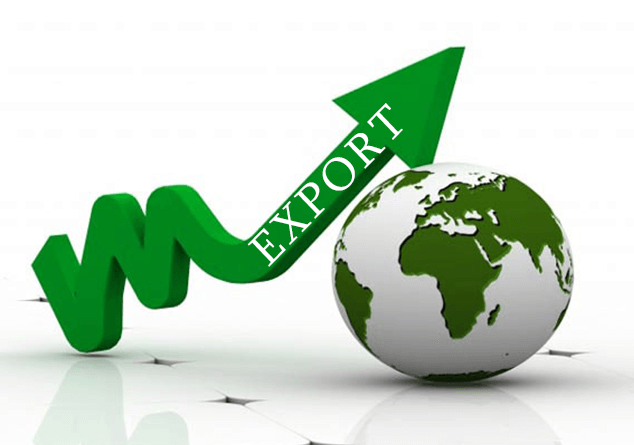As is the case with all small countries characterized by open economic system, foreign trade dynamics in Armenia is one of the fundamental factors outlining the current conjuncture of the whole economy. In that regard, it is interesting to study the major trends in foreign trade during the first part of this year. Thus, according to data published by the RA National Statistical Service (NSS), Armenia’s foreign trade turnover has increased by 23% during the first five months of 2017 compared to 6.8% growth during the same period in 2016.
Exports
According to data published by NSS, RA exports grew by about 20.9% during January-May 2017, and imports growth formed 24.4%. This year the largest export commodity group continues to be mining products, which have almost 30% share in exports. The second largest export commodity group is the finished food products, the exports of which grew by 34.1% during the first five months of 2017, reaching 195.7 million USD. Parallelly with traditionally exported commodity types, the beginning of this year saw 300% growth in exports of vehicles, equipment and mechanisms. Nevertheless, despite registered growth, export volume of this commodity group continues to be quite low, making up only 2.4% of total exports.
It is noteworthy that despite Armenia’s membership in the EAEU, the European Union still continues to remain Armenia’s largest trade partner. About 30% of total RA exports were directed to EU member countries during the first five months of 2017, while EAEU member countries’ share in total exports formed only 22.2%. Moreover, the share of exports to the EU has grown compared to last year, while exports to the EAEU have suffered a decline.
A sharp growth has been registered in exports to a number of European countries. Thus, during the months of January-May 2017, RA exports to Finland have grown by 75.2 times, 33.8 times to Denmark, 8.6 times to Sweden, 5.4 times to the United Kingdom, and 2.1 times to the Netherlands. An impressive 820% growth has been registered in exports to Switzerland, as a result of which Switzerland has become Armenia’s second largest partner in terms of exports, with 108 million USD exports volume.
Imports
As already noted, RA imports growth formed 24.4% in January-May 2017, reaching almost 1.5 billion USD. It is especially noteworthy that for the first time since 2008 crisis, RA imports growth rate exceeded that of exports.
The parliamentary elections in April should be mentioned among factors contributing to such a growth in imports demand. The election bribes distributed to citizens during the elections have considerably increased consumer spending. In parallel, the volume of private transfers to Armenia has increased by 16% during the first quarter of 2017 compared to the same period in 2016, which has also contributed to import demand. As a result of such a growth in imports, the negative balance in trade has increased by 28.9%, reaching 678.3 million USD.
In contrast to exports, RA imports are geographically more diversified. 22.6% of RA imports come from EAEU member countries, and EU member states account for 22.52% of total imports.
It is also worth noting that during the first five months of 2017, imports from countries that are not EU or CIS members have increased by 33.9% or 197 million USD, making up about 52.5% of total imports. If we take into account the fact that by 2022 the Republic of Armenia will have adopted EAEU common customs rates, it becomes obvious that the negative impact of higher EAEU customs rates will be proportionally expanded if the current trends in geographical structure of imports are to remain the same. And this will inevitably result in increase in prices for more types of commodities.
Andranik Manukyan
“Union of Informed Citizens”
























































